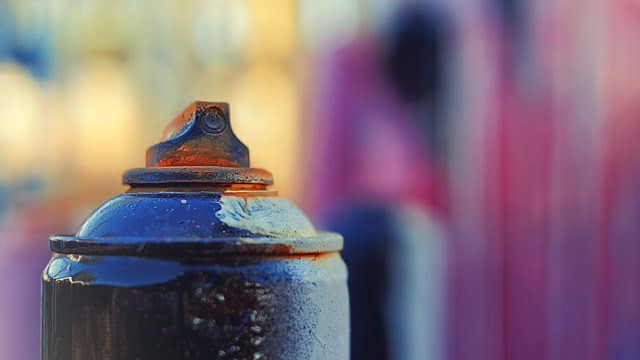
Products that contain aerosol have come under scrutiny for a number of reasons over the years. The primary criticism that manufacturers of aerosol sprays have received over the years has been due to the kind of propellants that they employ to pressurize their goods. The unique packaging solution’s dependability and convenience are due to the propellant present in every aerosol product.
A propellant is a substance that produces energy in the form of pressurized gas, which is then used to propel fluid. It is possible to use different propellants to build pressure inside the tin. The topic of Liquid and Gas Aerosol Can Propellants are covered in detail in this article.
Why Are Propellants Used in Aerosol Cans?
There are generally two parts that make up an aerosol’s contents:
- The active ingredient or product.
- A propellant
The aerosol can propellant is added to generate the internal pressure that forces the product or active ingredients out of the can. If a propellant weren’t used, the spray would eventually stop completely once the aerosol cans‘ internal pressure was equal to the surrounding atmosphere as the can was consumed and its pressure decreased.
In addition to leaving unused products inside the container when it reached the end of its useful life, this would result in an uneven spray as the pressure changed.
The propellant produces a consistent spray of the product in the form of an aerosol and aids in maintaining constant or nearly constant pressure. Additionally, it enables the consumer to extract more products from the can before the pressure expires.
What Are the Various Types of Aerosol Can Propellants?
Aerosol propellants come in various forms, each with its benefits and drawbacks, and there are many different types. Below, we’ve listed the three various propellants used in aerosol cans.
- Compressed Gas Can Propellant For Aerosols
Some aerosol cans use compressed gas as the propellant, such as nitrogen or carbon dioxide. Although other ingredients in the aerosol can be flammable, compressed gas is affordable and non-flammable as an aerosol can propellant. Compressed gas has the drawback of causing a decrease in can pressure over time, which is a drawback when used as an aerosol cans propellant.
The pressure inside the can decreases as the product inside is consumed, which results in a loss of dispersing power for the can. Compressed gas is only used as the propellant in about 10% of aerosol cans. As will be explained below, the majority use a type of liquid gas.
- Propellant In A Liquid-Gas Aerosol Can
A liquefied gas such as butane, isobutane, or propane serves as the propellant used most frequently in aerosol cans. Pressurizing the gas inside the can causes it to change from gas to liquid. This system can maintain constant pressure levels throughout the aerosol can’s life.
As the product is distributed throughout the can and the room expands, the liquid gas vaporizes and fills the newly created space, maintaining the can’s constant internal pressure. Because liquid gas propellants can catch fire, this system’s disadvantage is that using and storing them now carries higher fire risk. This type of aerosol can propellant is still the most popular one.
- Chlorofluorocarbon Aerosol Can Propellants
In the past, aerosol can propellants have included chlorofluorocarbons. They offered the benefits of both compressed gas and liquid gas aerosol cans, maintaining constant pressure for the duration of the can’s life and being inflammable. Many nations, including the US, have banned the use of aerosol cans with chlorofluorocarbons as the propellant.
Bottom Line
Aerosol cans are very important in the maintenance of any type of industry because they are convenient and easy to use. Aerosols’ core component is the propellant. Hopefully, you now understand everything there is to know about aerosol cans propellants.




